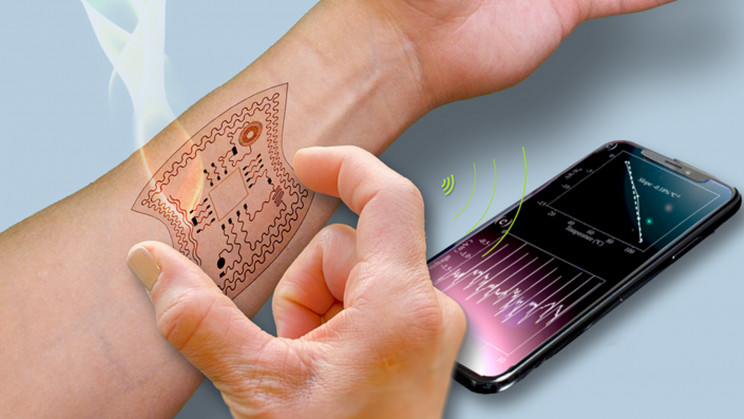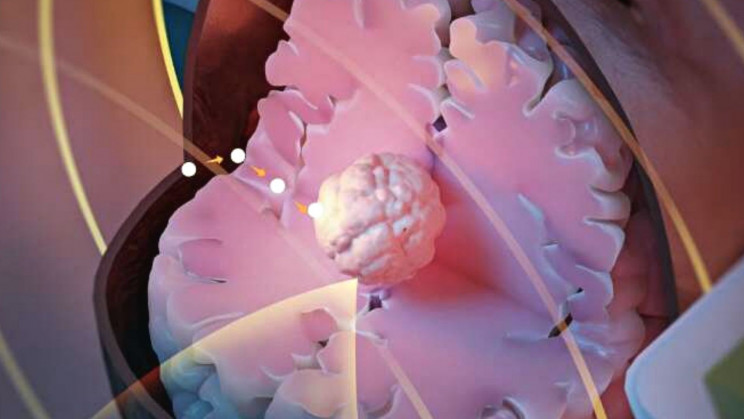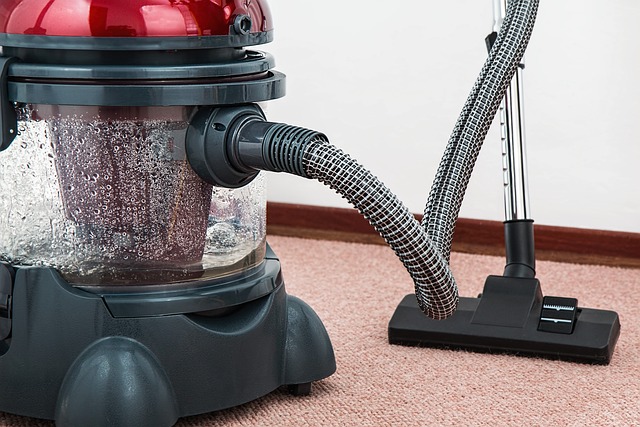Radio waves are electromagnetic radiation used for many applications like wireless transmission of sound messages, or information, or communication.
But now researchers have found a way to use radio waves as sources of energy. Researchers at the Penn State Department of Engineering have developed a way to generate energy from radio waves.
Lead author Huanyu “Larry” Cheng, said, “We are utilizing the energy that already surrounds us — radio waves are everywhere, all the time,”
“If we don’t use this energy found in the ambient environment, it is simply wasted. We can harvest this energy and rectify it into power.”
Scientists developed a stretchable wideband dipole antenna system without affecting the antenna’s frequency response. The system can wirelessly transmit data collected from health-monitoring sensors. Because these sensors consume very little power, electromagnetic waves could be used to power them.
The wideband design of the system allows it to retain its frequency functions even when stretched, bent and twisted.
Rectenna
The system is linked to a stretchable rectifying circuit. This way it forms a rectified antenna, or “rectenna,”
Rectenna could convert energy from electromagnetic waves into electricity. The electricity so produced can power wireless devices or charge energy storage devices, like batteries and supercapacitors.
The wearable devices’ sensing modules that track temperature, hydration, and pulse oxygen level can be powered with this energy. Cheng explained that the energy produced in this process is quite less, but it can generate power continuously.
Cheng said, “We are utilizing the energy that already surrounds us — radio waves are everywhere, all the time. If we don’t use this energy found in the ambient environment, it is wasted. We can harvest this energy and rectify it into power.”
“This technology is a building block for him and his team. Combining it with their novel wireless transmissible data device will provide a critical component that will work with the team’s existing sensor modules.”







